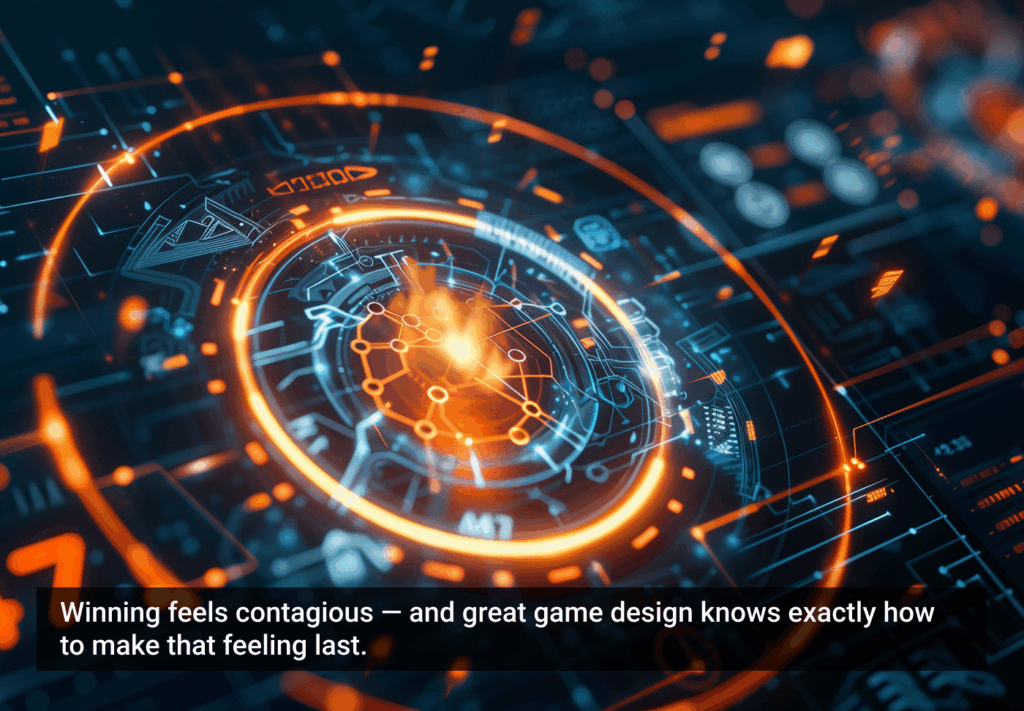Early hominids could look at a stick and intuitively infer different uses for it. A stick is good for scratching your back, beating stuff, propping things up, etc. They didn’t have to be told how to use it. That’s how intuitive products work.
Old phones that came with an owner’s manual containing complex menu trees were described as “intuitive,” but the necessity of an owner’s manual is contrary to the very definition of the word. The word intuitive insinuates that users can interact with a product using nothing more than their own intuition. If a product requires a manual or gives users instructions as they interact with it, it’s not intuitive.
The False Promise of ‘Intuitive’
“Intuitive” has become such a trendy word—especially in the realm of experience design—that we’re tempted to use it for everything. Unfortunately, overuse reduces its significance and renders it meaningless. When you claim a product is intuitive and it’s not, people won’t believe your claims when your next product comes out.
Design is about intent—practical problem solving. Intuitive products should be about making the interface easy to understand without explanation. Using it should just “feel right,” and if it doesn’t, you shouldn’t be using the word “intuitive” to describe it. It’s all about trust and following through on your promises.
Take a rice cooker, for example. It seems intuitive on the surface, but if you’ve ever tried to use one, you know it isn’t. The rice cooker is supposed to deliver more consistent results with an intuitive experience; instead, it makes you think too hard about a simple task. How soft you like your rice determines the amount of water and time it cooks; there are different settings for different types of rice; and if you lose its special measuring cup, you’re out of luck. Everything about the experience feels counterintuitive.
When to Use the Word
While a rice cooker shouldn’t be marketed as intuitive, it’s the perfect adjective to describe an electric teakettle. It’s obvious where the plug goes and where you put the water, and when it’s done, you simply pick it up and pour it. There’s not much to it.
The Philips uWand is another great example. It has three buttons, but it isn’t gesture-based like the Wiimote, which gives it a simple, natural user experience. The uWand is embedded in remote controls, offering fluid “direct pointing” access by recognizing where the TV is and locking in while responding to user requests. Gesture-oriented solutions demand recalibration—they can only sense where the user is pointing, controlling TV and video game usage less accurately.
Honest terminology makes the product and experience more likely to fulfill users’ expectations. If you want to market a product as intuitive, you need to design it with those principles in mind. The uWand, for example, is being marketed as an intuitive remote technology because it can quickly pick up on users’ natural movements and translate them into actions. It takes only seconds to learn to use, marking it as drastically more efficient—and intuitive—than most remote options.
Let’s use human-computer interaction as a model for true intuitive design.
Back when you had to understand command-line prompts to navigate them, computers were counterintuitive. Then Xerox PARC created the graphic user interface, and Apple popularized it via the Macintosh, which had a graphic representation interface.
Now tablets and touch technology have made it so you can literally point to the thing you want. There’s no more trashcan or limited use of folders. It’s so easy a child can make sense of it; just find the picture of the game you want, point to it, and play.
How to Improve UI and UX With Intuitive Design
Calling your UI or UX intuitive insinuates that it requires no instruction—that you can fully operate it using only your intuition as a guide. If you want to call your product intuitive and back it up, here are a few approaches you can take:
- Add features based on existing knowledge. Adding features and capabilities without giving thought to how existing knowledge will work with target knowledge can be a disaster. If you take existing knowledge into account when adding features, though, you can create a well-rounded product that works intuitively with what your users already know. For example, mobile app designers should take into account that mobile users’ thumbs intuitively go to the top-left of the screen to find the back button. Designers could take advantage of this user tendency and introduce new features right where users will be looking.
- Lower barriers to use. Another approach is to use the capabilities of a product to remove barriers to use and make the product simpler to interact with. The problem with this approach is that it’s difficult to find the right balance between making something simple and making it powerful enough to fit your users’ needs. For example, it’s difficult to multitask on an iPad because it’s a simple consumption device with low barriers to use—not a fully functional computer. But the lower barrier to use paid off in the case of the iPad, despite the lack of multitasking functionality, because users intuitively understood exactly what the product was designed for: content consumption.
- Reveal features as the user explores. Apple’s answer to older, counterintuitive phones (the iPhone) is proof that you can take something complex and make it intuitive. As you add product features, make the “power features” accessible but not predominant in the user’s early interaction with the product. This allows your users to grow into features as they become more comfortable exploring. The iPhone, for example, offers users the ability to create their own keyboard shortcuts in its keyboard settings menu (which users are likely to stumble upon as they search for ways to expand beyond the built-in shorthand).
Conclusion
Just as the early hominids could tell a stick was good for hitting things, a little exploration taught them to whittle it into a sharp point for stabbing or spin it to create friction to start a fire. They didn’t immediately know these things, but getting there wasn’t a huge leap, and the process happened naturally. The interface and overall experience design of your product can take the same approach, allowing your product to meet your users’ needs through intuition and exploration.
Image of electric teakettle courtesy of Shutterstock.







